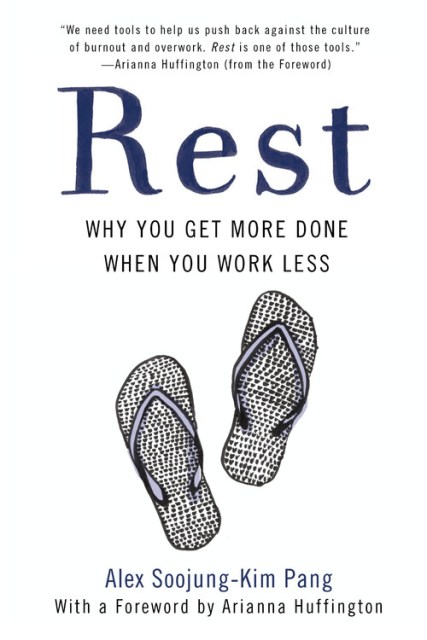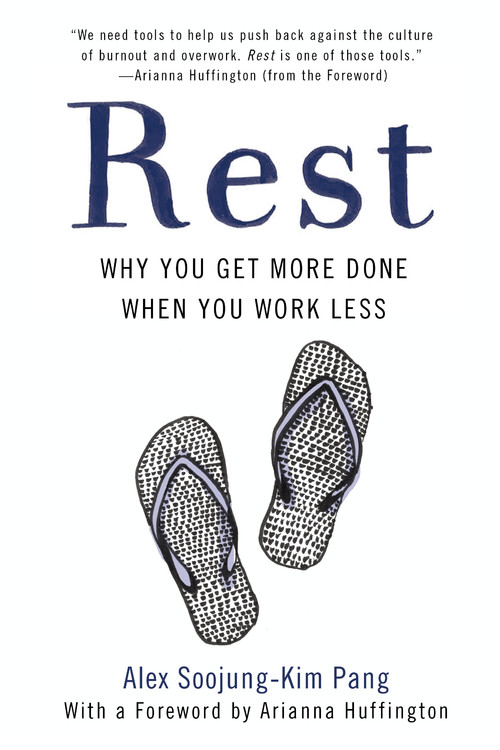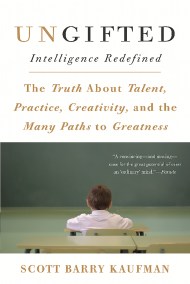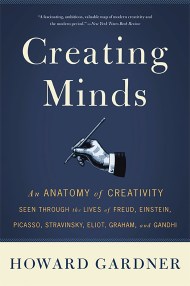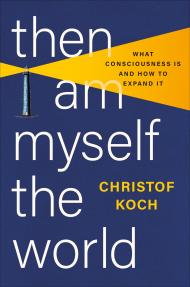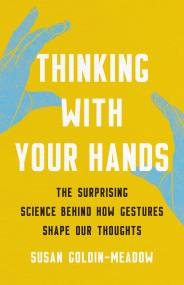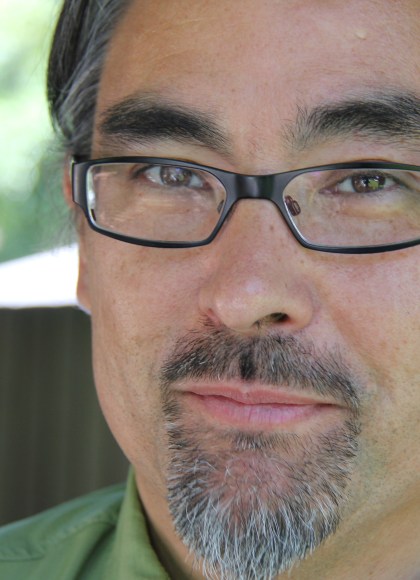By clicking “Accept,” you agree to the use of cookies and similar technologies on your device as set forth in our Cookie Policy and our Privacy Policy. Please note that certain cookies are essential for this website to function properly and do not require user consent to be deployed.
Rest
Why You Get More Done When You Work Less
Contributors
Foreword by Arianna Huffington
Formats and Prices
Price
$17.99Price
$22.99 CADFormat
Format:
- Trade Paperback $17.99 $22.99 CAD
- ebook $12.99 $15.99 CAD
- Hardcover $27.50 $35.99 CAD
- Audiobook Download (Unabridged)
- Trade Paperback $19.99 $25.99 CAD
This item is a preorder. Your payment method will be charged immediately, and the product is expected to ship on or around June 12, 2018. This date is subject to change due to shipping delays beyond our control.
Also available from:
Sit back and relax and learn about why overworking and under resting can be harmful to yourself and your career.
—Arianna Huffington, New York Times Book Review
Overwork is the new normal. Rest is something to do when the important things are done—but they are never done. Looking at different forms of rest, from sleep to vacation, Silicon Valley futurist and business consultant Alex Soojung-Kim Pang dispels the myth that the harder we work the better the outcome. He combines rigorous scientific research with a rich array of examples of writers, painters, and thinkers—from Darwin to Stephen King—to challenge our tendency to see work and relaxation as antithetical. “Deliberate rest,” as Pang calls it, is the true key to productivity, and will give us more energy, sharper ideas, and a better life. Rest offers a roadmap to rediscovering the importance of rest in our lives, and a convincing argument that we need to relax more if we actually want to get more done.
Overwork is the new normal. Rest is something to do when the important things are done—but they are never done. Looking at different forms of rest, from sleep to vacation, Silicon Valley futurist and business consultant Alex Soojung-Kim Pang dispels the myth that the harder we work the better the outcome. He combines rigorous scientific research with a rich array of examples of writers, painters, and thinkers—from Darwin to Stephen King—to challenge our tendency to see work and relaxation as antithetical. “Deliberate rest,” as Pang calls it, is the true key to productivity, and will give us more energy, sharper ideas, and a better life. Rest offers a roadmap to rediscovering the importance of rest in our lives, and a convincing argument that we need to relax more if we actually want to get more done.
Genre:
-
"I recommend Rest: Why You Get More Done When You Work Less, by Alex Soojung-Kim Pang...The title says it all-if you're prone to burnout or still believe that overwork actually works, this book will set you straight."Arianna Huffington in an interview with Lifehacker.com
-
"[Pang] writes with an admirable focus on balance, on pleasure as well as success; in the end, it's difficult to argue with his conclusions."Kate Tuttle, Boston Globe
-
"Consider this a much-needed guide for the overworked: a credible, factual case for chilling out and getting rest, by a well-known Silicon Valley consultant."VanityFair.com
-
"Whether by making space for daily naps, as Winston Churchill did during World War II; going on hours-long strolls like Charles Darwin; or spending a week alone in a cabin like Bill Gates, pursuing what Pang calls 'deliberate rest' is the true key to fulfillment and creative success."BizTimes
-
"Blending scientific research with examples of writers, painters and thinkers, from Darwin to Stephen King, the author exposes how we have underestimated the power of rest for our success."Daily Examiner (Australia)
-
"Finally, a full-throated, exhaustively researched argument for why we should all work less and rest more-not just because we'll feel better (no small thing) but because we'll actually be more creative and productive as a result."Mason Currey, author of Daily Rituals: How Artists Work
-
"Alex Pang wants us to treat work and rest as equals. In his fascinating, well-researched and highly readable new book Rest, he makes an excellent case for the critical importance of rest in our lives, drawing from the rest habits of some of our most famous scientists, writers and creatives from history, from neuroscience research as well as examples from some of the most productive people working today. You will consider how and why you rest in a completely new light after reading this book."Wendy Suzuki, Ph.D. professor of neural science and psychology at New York University and author of Healthy Brain Happy Life
-
"Finally, indisputable proof that to raise happy, healthy, and productive adults, parents and educators must teach the next generation how to practice intentional rest...how to partner work with play, exercise, and sleep."Nanci Kauffman, head of Castilleja School
-
"I love this book. Rest weaves fascinating research and captivating stories into a wise prescription for a healthier, more creative, and more fulfilling life in a technology saturated world. At heart, it is rest, in the many ways Pang describes, that contributes to our ability to be the best of what we can be."Linda Stone, former executive, Apple and Microsoft
-
"You're holding some terrific advice in your hands on the virtues of walking, napping, and playing. Pang has written a delightful and thought-provoking book on the science of restful living."Clive Thompson, columnist for Wired magazine and the author of Smarter Than You Think: How Technology is Changing Our Minds for the Better
-
"It's high noon for the global economy's thinking class, who are locked in a losing battle for clarity in a crowded, clickable world. This book is a science-packed call to arms: it's time to claim rest as a right and pay close attention to the needs of our beleaguered brains."Anthony Townsend, author of Smart Cities: Big Data, Civic Hackers, and the Quest for a New Utopia
-
"In his important new book, Pang calmly and meticulously shows us how the best, most creative work, and the most meaningful and joyful lives, are built on the skills, not of mindless busyness, but of deliberate rest, deep play, and taking time to think. A game-changing book for the weary modern world."Brigid Schulte, award-winning journalist and author of the New York Times bestselling Overwhelmed: Work, Love, and Play When No One Has the Time
- On Sale
- Jun 12, 2018
- Page Count
- 336 pages
- Publisher
- Basic Books
- ISBN-13
- 9781541617162
Newsletter Signup
By clicking ‘Sign Up,’ I acknowledge that I have read and agree to Hachette Book Group’s Privacy Policy and Terms of Use
